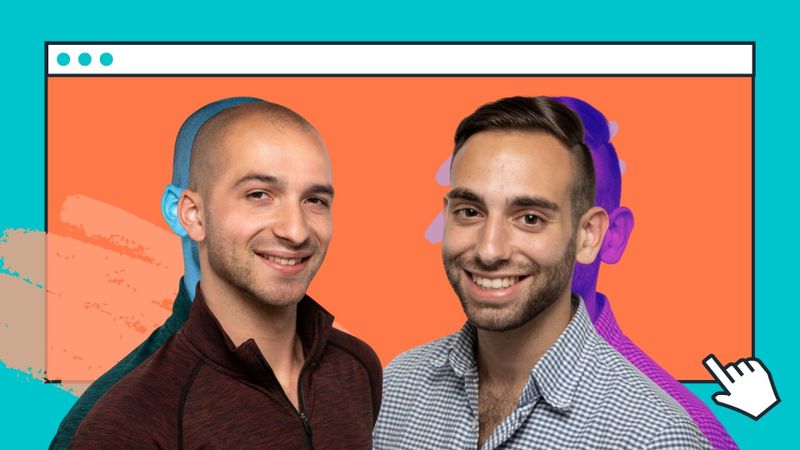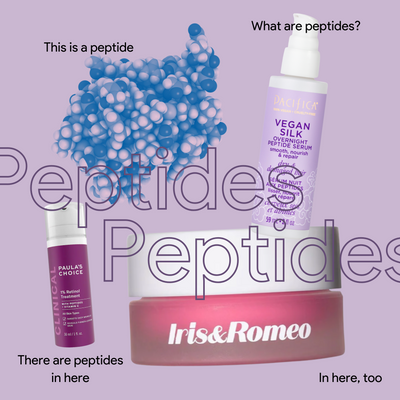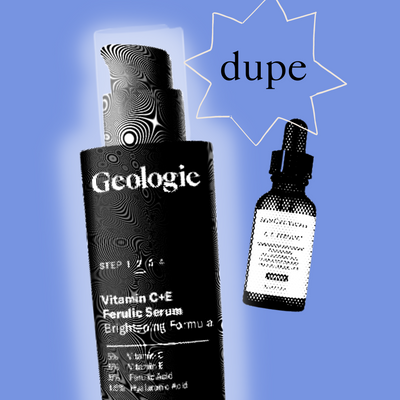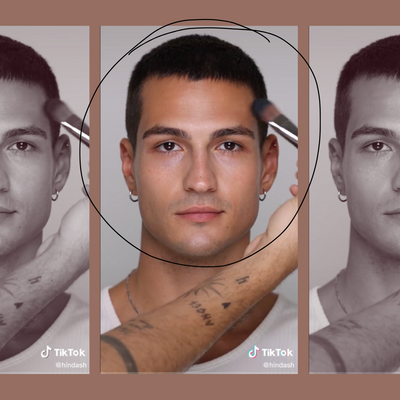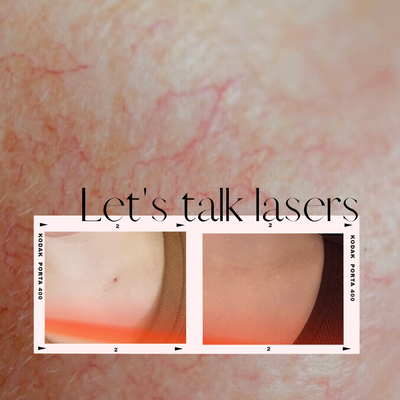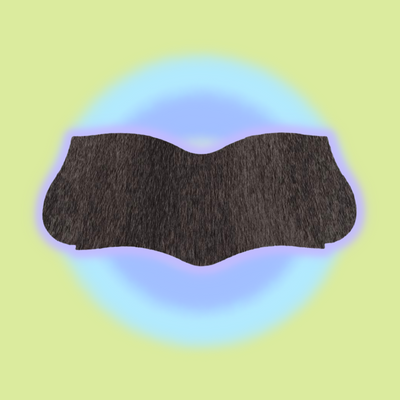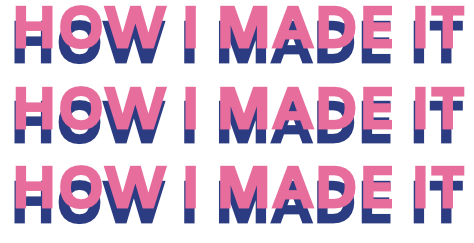
Welcome to our series, How I Made It, where we talk to beauty brand founders about their come ups, their origin stories, and how they finally, well, made it. The recurring series talks to beauty founders from all walks of life to uncover what inspires them, what pushes them, and the secret to their success.
The global pandemic has changed the entire course of the shopping experience.
Though retailers are slowly opening, consumers are still cautious to step inside. With beauty shopping, this means being less likely to want to test products, touch, or experience samples. Which means beauty businesses have had to rethink shopping entirely, relying mostly on online storefronts and at-home experiences.
SEE ALSO: How I Made It with Supernal’s Melissa Medvedich
One search engine called Mira is already on top of it. The app and website, is an AI-powered search engine that is designed to sift through the noise and find products catered to consumers. Launched in October of 2019, the business relies on artificial intelligence to not only suggest products, but summarize reviews, make instant comparisons, with a seamless click-to-buy experience.
Launched by co-founders Jay Hack and Brandon Garcia, roommates at Stanford, the idea came about when the former was living in Singapore. There with his best friend, he heard her lament about lack of representation when it comes to finding products for her monolids. It sparked an idea for Jay, who asked if he could use computer vision and analyze date on the Web to understand exactly what people would need.
“I made her this demo and was like, ‘Hey, does this actually help you out? Is this going to get the job done for you?'” he recalls. When she admitted it was really useful, she handed over a laundry list of other features she wanted to see. “Can you make it happen?” she asked.
It’s then that he understood how what he could solve was what many other beauty consumers not only wanted but needed. After getting investors from the likes of Unilever Ventures, Great Oaks Venture Capital, Founders Fund, among others, he eventually raised a couple of million to create the beauty search engine – and shopping experience – of the future. Here’s how Jay and Brandon did it.
First of all, how do you guys know each other? How did this union come about?
Jay: We actually, we were college roommates. We lived together for two years, all the way back in– so it was 2014, I think? When we first started living together– no it was 2013 I think. And we were studying AI computer science together at Stanford, and our collaboration was sort of rooted in, initially, in hackathons.
And then the idea came together after you asked your girlfriend what she needed.
Jay: I remember I went home and I texted Brandon, “I think I found a project.” And we started riffing on this idea of how can we basically leverage modern-day technologies to eliminate the pain points that beauty consumers go through. While this was the first time we had sort of deeply looked at the problem of beauty and the modern beauty consumer, there was just this overflowing opportunity for us to apply our skillset.
I ended up coming back to the Bay Area and met up with Brandon and right away we were like, “Let’s make this thing happen.” I slept on his couch for probably like a month or two and we just started hacking away, and the rest is history.
When it first started, was what you guys formed different from what we see now? Or is the concept still the same?
Early on, it was really exciting diving into technology like computer vision problems. Like with AR, this thing is selling, it was all over the beauty industry and people were like, “Wow, this is so cool. This is the future.” That got us really excited because we knew there was an opportunity to apply a lot of our expertise, not just in data but also in ML [machine learning].
But then we started doing a bunch of research and what we found was the most pressing problem: finding the right information and structuring that information for different needs and preferences. Someone with oily skin looking for a good foundation in humid weather can go find content that speaks to those issues and that’s more of what you see today: the ability to sift through all that information in a personalized way as opposed to necessarily some of the more computer vision-focused functionalities.
How is it that two non-traditional beauty enthusiasts got into beauty?
Brandon: When started first digging in and just trying to understand this consumer, we were honestly welcomed with open arms and at least the people we were talking to were really excited. And they were like, “Wow this is really cool!” They were so pumped that we were building this kind of stuff for them. They were a very positive community, very welcoming. It was clear that we were working on a real problem and it was not necessarily a problem where– before Mira, I had never applied concealer but like I was always tending to my beard and plucking my eyebrows. But yes, there were a couple of folks that were like, “Why are two dudes getting into beauty?”
I’m assuming to really understand the industry, there were lots of Sephora trips.
Brandon: Oh man, it was a time. Just like doing all of those things. I mean, Sephora trips, Ulta trips. You know, just really trying to get a sense like you mentioned, building a connection. We would start playing with makeup products as well. I personally tried to really build a dependency with concealer. Because a couple of years ago, I was getting a bunch of acne and I was like, this is a thing I could use and how can I try and actually build some type of natural dependency with a beauty product when this opportunity arises.
The primary piece was talking to hundreds of people. Like hundreds and hundreds of beauty consumers and trying to understand everything from their emotional relationship with beauty.
Is makeup going to be embraced by the average dude in America?
Jay: There’s no question: it’s only increasing over time. Exactly how quickly it increases is the question. Like we were saying, you look at Gen Z and you look at the emphasis on gender fluidity and androgyny, and you look at how people kind of– things are kind of converging, ironically. Even as we emphasize the individuality on each individual, we have the emphasis on natural beauty, no-makeup makeup looks, skincare. And so it’s just a matter of time before we go from men’s skincare and all this emphasis on more need-based cosmetics to now an emphasis on expressive cosmetics for straight men.
Amen.
For more, check out Mira here.

